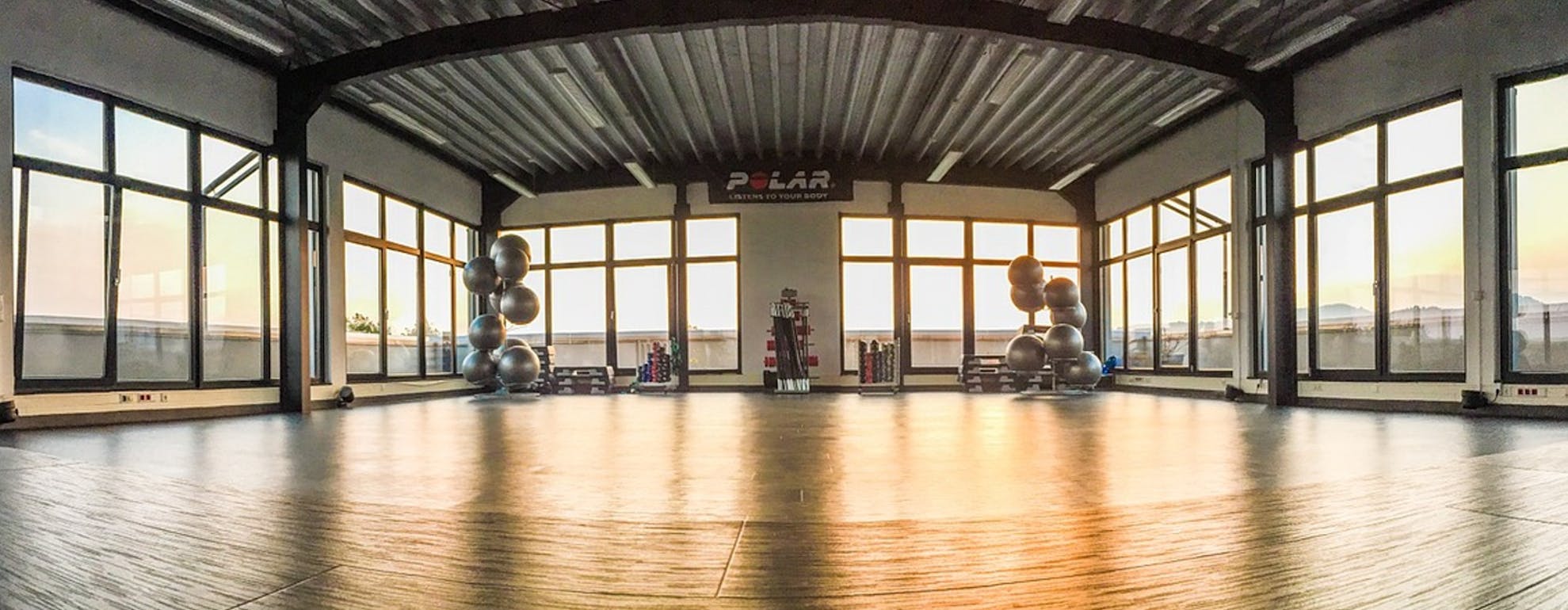
Training
How to choose your ideal training terrain for Trail Running
HEAD FOR THE HILLS
If you’re training for a distance run like a half or full marathon, then chances are pretty soon you’ll get fed up running the same old roads. You may even start to find your regular routes don’t seem to be as challenging as they once did. If that’s the case, maybe it’s time you hit the trails and got your run mojo back…
ㅤ
INTRODUCING TRAILS TO TRAINING
If you’re training for a road race then it’s advisable to spend the majority of your training running on the road. Without going into too much detail, training on the terrain you’ll be covering on race day allows the body to make the necessary changes to muscle, sinew and bone and grow strong enough to cope. However, that said, don’t overlook the power of including different types of running, like sprint work or off-road runs into you training diet.
Some benefits of off-road running:
Breathe life into training. New and interesting technical trails can breathe well-needed life into the grind of daily training.
Challenge your fitness. Fitting challenging hills into off-road runs helps inject speed into your stride and boost fitness fast.
Improve coordination and stability. By adjusting footfall over uneven ground you’ll develop and improve muscles that control coordination and stability.
Help regain focus and form. By constantly assessing the trail ahead and checking your own running style as you cover it will help improve mental focus and run form.
Explore the great outdoors. Hit the trails and you’ll get to enjoy and explore the great outdoors – just don’t forget to look up now and again!
ㅤ

Photo by Nathalie Désirée Mottet on Unsplash
ㅤ
CHOOSING YOUR TRAINING TERRAIN
Different types of terrain offer different benefits to runners. Here are a few that might help improve your stride and achieve your running goals:
ㅤ
1. STEEP GRADIENTS
Why: Regular hill sprints are a must for any runner’s training plan. Inclined sprints can help develop explosive power and strength in the legs. Aim for piece of inclined trail with good footing and one you can run up for 15-20 seconds – avoid sections so steep it’s quicker to walk!
How: Fit inclines into your training by adding a weekly session containing six to eight hill sprint intervals, walking down slowly after each to recover. Be sure to warm-up thoroughly and pre-stretch before you start!
ㅤ
2. GRASSY TRAIL
Why: Running long slow runs on grassy trail can help improve running economy and help the body adapt to greater mileage. Running on grass can also be kinder to your joints than hitting the road – the softer terrain dampening the impact of the foot striking the ground. A softer terrain will also help strengthen leg muscles as they will tend to lengthen more than when running on firmer ground.
How: Fit long easy runs into your training at least once a week. Aim to head out for a nice slow jog around the length in time as all of your weekly runs combined. This type of run is all about distance, so take it easy and hold back when hitting any inclines.
ㅤ
3. ROLLING HILLS
Why: The undulating terrain of rolling hills is perfect territory for longer run intervals. As with longer runs and short intervals, long intervals should form part of any runner’s training as they are great for boosting aerobic capacity and endurance, especially for longer distance runners.
How: Choose a route with plenty of moderate hills (none too steep though) and, after a 10 minute easy jog to warm up, inject some speed holding a fast pace on both up or downward sections of trail for intervals of three to six minutes. Try and fit around four to eight of these intervals into your run with decent jog breaks between to recover.
ㅤ
4. BEACH
Why: Just one stretch of beach can provide a huge variety of terrain types, everything from uneven pebbles and soft shingle at the top, to hard packed sand near the sea edge. Running on different sections of terrain can help build strength in your main leg muscles and in the muscles that stabilise the body as you run.
How: For short, sharp beach sprints run up the beach, away from the sea, and use the combination of the incline and softer sand or pebbles to add a challenge. For longer beach run intervals, or just long easy runs, choose a section of harder packed sand or shingle, often nearer the sea edge.
ㅤ
Looking for some training tips and advice? Then head over to our Training category where our athletes and experts explain everything you need to know.
Welcome
Welcome to the SportsShoes Training Hub! We’ve teamed up with athletes and experts to bring you the very best advice on how to maximise your workouts and achieve your best results.
Read More
Share this
Featured articles
View All



